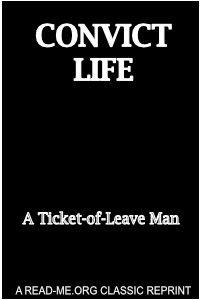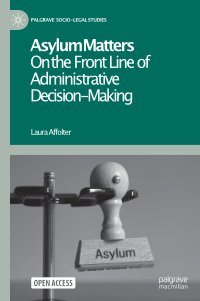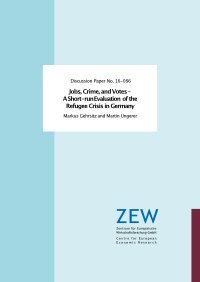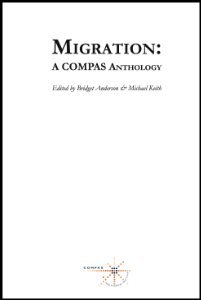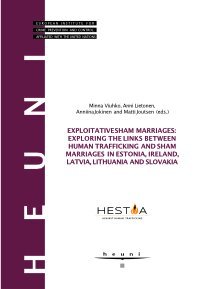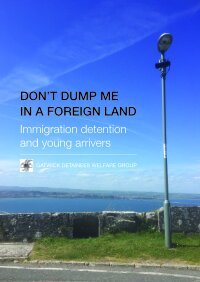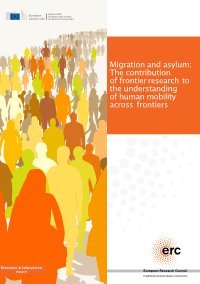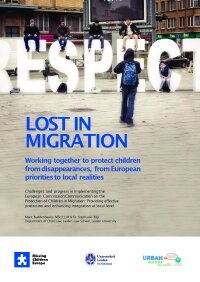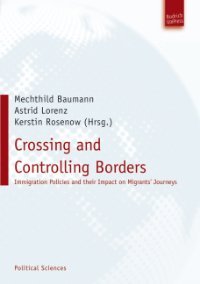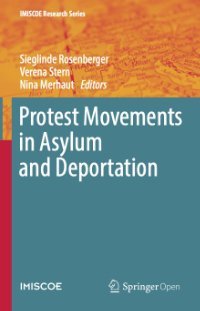By Jeannette Kamp.
“In 2015 the Spiegel Online—one of the most widely read German-language news websites—published a satirical article under the headline: ‘Stimulating women’s crime’.1 According to the article, discrimination against women was nowhere more visible than in the national criminal statistics, where women were consistently underrepresented as offenders. The article also proposed the solution to this problem: a new course developed to stimulate and support women to become less law-abiding. In each of the three levels of the course (from beginners to advanced), the female participants were taught to break down the barriers preventing them from committing offences in a similar fashion and at a similar rate as men. The issues that were addressed were passivity, cowardliness, low self-esteem, lack of aggression compassion for others and law-abidingness”.
Brill (2020) 348p.





